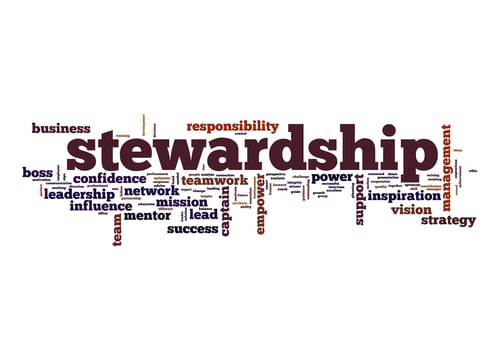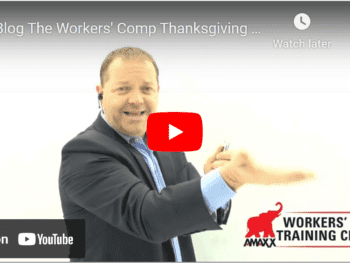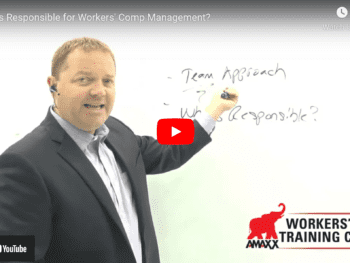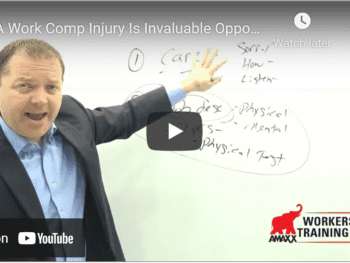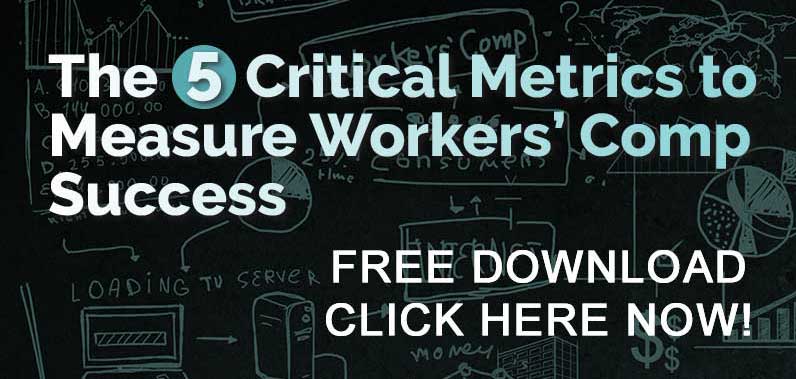
Take Control
Start by assigning roles and responsibilities to one or more parties in the process – it is a step that can be taken to get things on track. You do not need to assign ALL roles immediately; just take it one step at a time.
The duties of every person involved in the workers’ comp claim, from the claim coordinator to the employee, should be defined and written down for each participant. This includes both the pre-accident responsibilities, as well as, the post-injury response. By knowing what is expected of them, each person can take the appropriate action when an injury occurs.
Click Link to Access Free PDF Download
“How Do I Get My Adjusters To Follow My Account Handling Instructions?”
Claims Coordinator Responsibilities
The workers’ comp claims coordinator, whether a full-time job at a medium-sized or large employer or a part-time job at a smaller employer, is the pivotal person in controlling the workers’ comp claims. The claims coordinator can be a part of the risk management department or a part of finance or human resources. The important thing is the claims coordinator has access to all information necessary to control the claim.
- Establishing a transitional duty program prior to injuries occurring
- Providing all new hires and providing annually to current employees the employee brochure on what to do in case of an accident
- Arranging immediate medical care at the required medical provider or at the recommended medical provider
- Providing the medical provider with a detailed job description prior to the employee arriving for the initial medical treatment
- Interviewing the injured employee to obtain a detailed description of how the injury occurred.
- Interviewing the employee’s supervisor to verify the description of the accident and what could have been done to prevent the accident from occurring.
- Completing the First Report of Injury and providing it to the claims office on the day of the injury
- Contacting the employee immediately following the initial medical treatment for the diagnosis, prognosis, and expected period of disability, if any
- Arranging for light duty / transitional duty / modified duty for the injured employee
- Sending the employee a get-well card when the employee is off work
- Maintaining weekly telephone contact with the employee while the employee is treated weekly and telephone contact following each medical visit thereafter.
- Facilitating ongoing contact with the claims adjuster and the nurse case manager.
- Coordinating and completing all necessary paperwork related to the claim.
Post-Accident Responsibilities of the Supervisor
The employee’s supervisor has pre-accident responsibilities to ensure all employees work in a safe and prudent manner.
- Accompanying the injured employee to the required or recommended medical provider.
- Providing the medical provider with the Work Ability Form and obtaining the completed form from the medical provider’s office
- Submitting the Work Ability Form, the Supervisor’s Report of Accident, the Employee Report of Injury, and the Witness Report Form to the workers’ compensation claims coordinator.
- Enforcing compliance with the transitional duty program and verifying the work done by employees on modified duty is in accordance with the medical provider’s limitations.
- Training all his/her employees on what to do in case of an injury.
Employee’s Role and Responsibilities
The employee needs to be involved in the control of workers’ compensation claims.
- Participate in post-injury response training.
- Participate in the return-to-work transitional duty program
- Attend all employee weekly meetings/office meetings unless physically unable to get to the work site
- Provide the Work Ability Form to the supervisor or claims coordinator after each doctor’s visit.
Management Roles and Responsibilities
The Best Practices for Injury Management also applies to middle and senior management. Management should have defined roles and responsibilities.
- Providing a strong safety program and implementing the necessary risk management practices to keep as many workers comp claims from occurring as possible.
- Knowing the monthly and ongoing cost of workers’ compensation.
- Communicating to the employees how many additional sales or how much additional production is necessary to cover the cost of workers’ compensation claims.
- Determining the medical providers that will be used
- Determining the insurance carrier or the third-party administrator.
- Tracking and reporting lost work days.
In addition to the Best Practices for Injury Management noted above, there are best practices for risk managers, medical directors, in-house medical clinics and in-house legal. These sample best practices listed here are far from complete. Contact us to learn more about how to control workers comp cost through Best Practices for Injury Management.

Contact: mstack@reduceyourworkerscomp.com.
Workers’ Comp Roundup Blog: http://blog.reduceyourworkerscomp.com/
©2023 Amaxx LLC. All rights reserved under International Copyright Law.
Do not use this information without independent verification. All state laws vary. You should consult with your insurance broker, attorney, or qualified professional.




